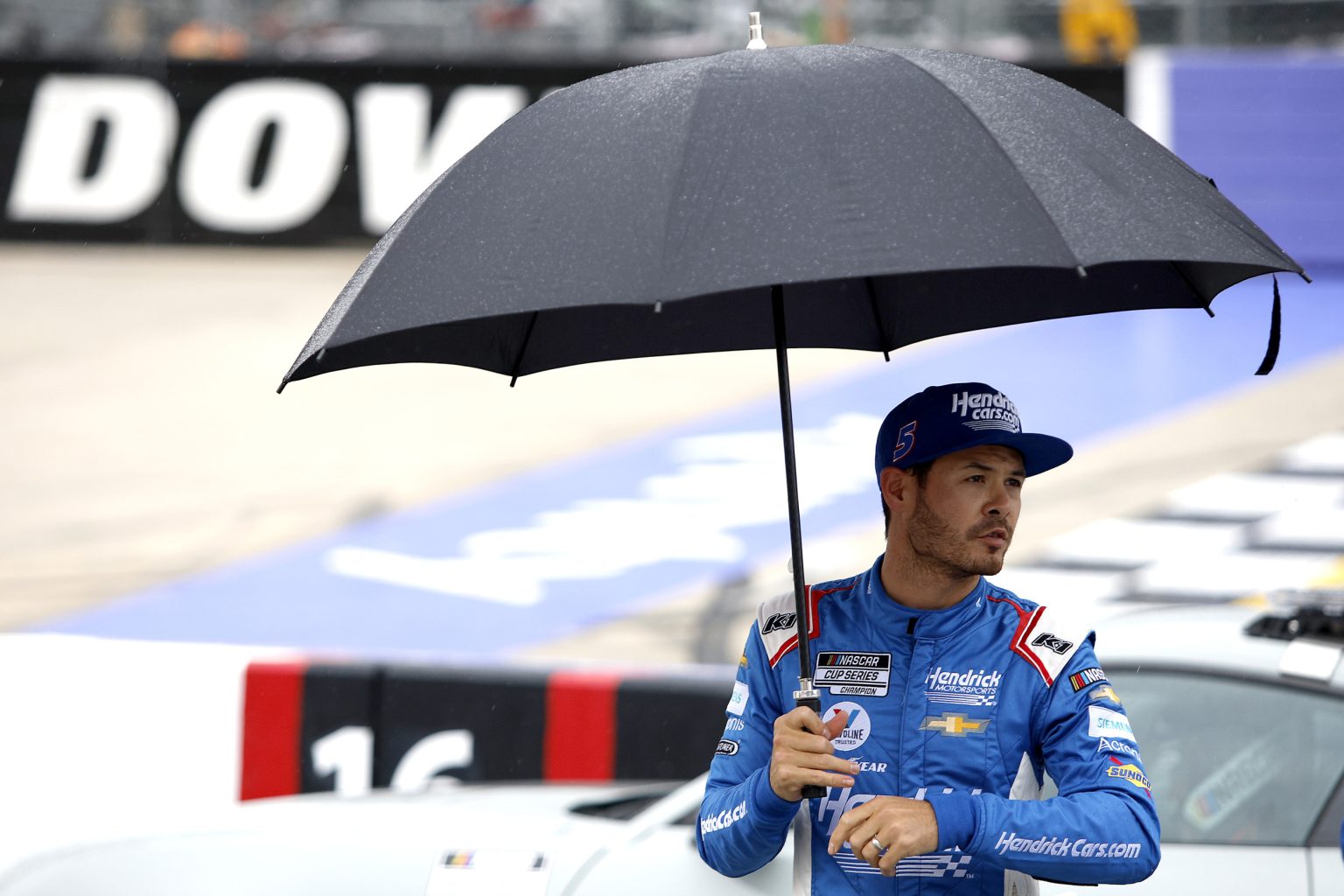The persistent disruption of NASCAR races by inclement weather has spurred a renewed interest in the feasibility of domed stadiums, a concept once relegated to the periphery of motorsport discussions. The 2024 season alone witnessed rain impacting six out of 36 scheduled Cup Series races, underscoring the vulnerability of this outdoor sport to the whims of nature. High-profile events like the Daytona 500 fell victim to these disruptions, forcing reschedulings and highlighting the significant economic and logistical ramifications of weather delays. While current solutions like rain tires provide a temporary fix, they do not address the underlying issue, prompting the exploration of more radical, long-term solutions.
The central argument for domed tracks revolves around ensuring predictable race schedules and minimizing weather-related disruptions, thereby maximizing fan enjoyment and protecting the significant investments in race weekends. Teams like Joe Gibbs Racing have become vocal proponents of this idea, shifting the conversation from hypothetical musings to serious consideration. Their assessments, however, acknowledge the substantial financial hurdles associated with such an undertaking. Citing a historical proposal for a domed one-mile track in Connecticut, which carried a staggering price tag of $400 million, they highlight the immense economic commitment required.
To address these cost concerns, Joe Gibbs Racing proposes a phased approach, suggesting smaller tracks as potential prototypes for the concept. Bristol Motor Speedway, a half-mile track, is presented as a viable starting point, with an estimated cost of $80 million for a partial dome. This approach emphasizes the importance of allowing for sound and emission dissipation, mitigating potential environmental and health concerns associated with fully enclosed spaces. The team acknowledges that replicating this model on larger tracks, such as the 2.5-mile Talladega Superspeedway, would be significantly more expensive, potentially prohibitively so. This tiered approach suggests a strategy of proving the concept’s viability on a smaller scale before considering expansion to larger venues.
However, the complexities extend beyond sheer financial considerations. The diverse shapes and sizes of NASCAR tracks present significant engineering challenges. Designing and constructing a dome for the sprawling Daytona International Speedway, for instance, would be a vastly different undertaking than enclosing the comparatively compact Bristol Motor Speedway. The engineering demands of spanning such vast spaces, while accounting for structural integrity, wind loads, and other environmental factors, represent a complex puzzle. Further complicating matters are the potential environmental impacts of enclosed structures. The amplified noise and concentrated emissions within a dome pose significant health and safety concerns for spectators and participants alike.
While the prospect of domed stadiums remains a long-term aspiration, NASCAR continues to refine existing technologies to combat weather-related delays. The Air Titan 2.0 system, developed by NASCAR’s R&D Center, exemplifies this ongoing effort. This innovative track-drying system has significantly reduced downtime, boasting a 25-50% improvement in drying times compared to previous methods. Furthermore, its eco-friendly design, with 78% less fuel consumption and 80% lower CO2 emissions, aligns with the sport’s increasing focus on sustainability. The Air Titan system represents a tangible, immediately applicable solution to weather delays, bridging the gap while more ambitious solutions like domed stadiums are explored.
The juxtaposition of these two approaches, the futuristic vision of domed stadiums and the pragmatic application of existing technology, highlights the multifaceted challenge posed by weather to NASCAR racing. The Air Titan system represents a valuable tool in mitigating delays, but it does not offer a complete solution to the unpredictable nature of weather. The appeal of domed stadiums, offering a controlled environment impervious to rain, remains strong, but the economic and logistical hurdles are substantial. The path forward likely lies in a combination of incremental improvements like the Air Titan, coupled with continued exploration of long-term solutions like domed stadiums, carefully weighing the costs, benefits, and complexities of each approach. The ultimate goal remains ensuring a consistent and exciting race experience for fans, while navigating the inherent challenges of an outdoor sport.

